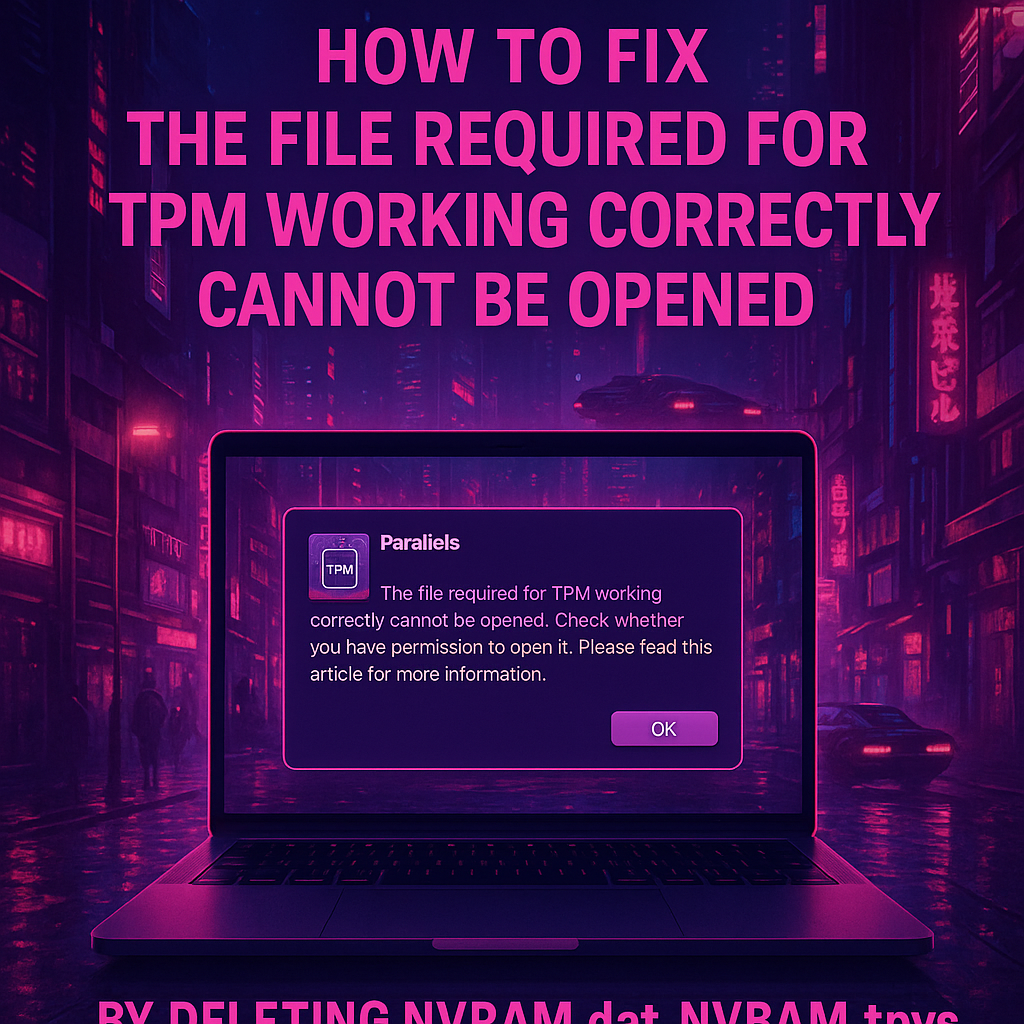illphated
Can You Really Install Xcode on Windows? The Truth About iOS Development on a PC
Unfortunately, you cannot directly install Xcode on Windows. Xcode is Apple’s integrated development environment (IDE) specifically designed for macOS, and it relies on macOS-specific frameworks, system libraries, and hardware optimizations.
However, if you want to develop iOS applications on a Windows machine, you have a few workarounds:
Virtual Machine (VM): This is the most common and often recommended method. You can install virtualization software like VirtualBox or VMware on your Windows PC and then install macOS as a guest operating system within that VM. Once macOS is running, you can download and install Xcode from the Mac App Store. Keep in mind that performance can be an issue depending on your Windows machine’s specifications.
Cloud-based Mac Services: Several services offer cloud-based macOS environments that you can rent and access remotely from your Windows computer. Examples include MacinCloud or MacStadium. This allows you to use Xcode without owning a physical Mac.
Hackintosh: This involves installing macOS on non-Apple hardware. While technically possible, it’s not officially supported by Apple, can be complex to set up, and may lead to stability or compatibility issues. It’s generally not recommended for serious development.
Cross-Platform Development Frameworks: If your goal is to build mobile apps that work on both iOS and Android (and potentially other platforms) without needing native Xcode development, you can use cross-platform frameworks. These allow you to write code once and deploy it to multiple platforms. Popular options include:
React Native (JavaScript)
Flutter (Dart)
Xamarin (C#)
Unity (primarily for games, but can be used for other apps)
While these frameworks let you do much of the coding on Windows, you will often still need access to a macOS environment with Xcode for certain tasks, such as compiling the final iOS app, signing it for distribution, or using the iOS simulator for testing.
In summary, while Xcode itself won’t run directly on Windows, you can effectively use it for iOS development on a Windows machine by running macOS in a virtual machine or utilizing cloud-based services. Alternatively, cross-platform frameworks can help you develop for iOS with a Windows-centric workflow, but a Mac will likely still be necessary for the final build and deployment stages.
Can you make that a blog post for illphated.com
Can You Really Install Xcode on Windows? The Truth About iOS Development on a PC
For aspiring iOS developers using Windows, the question often arises: “Can I install Xcode on my PC?” The straightforward answer is no, not directly. Xcode, Apple’s powerful integrated development environment (IDE), is exclusively designed for macOS. It leverages macOS-specific frameworks, libraries, and hardware optimizations, making it incompatible with a native Windows installation.
But don’t despair! While a direct installation isn’t possible, there are several clever workarounds and alternative approaches that allow Windows users to venture into the world of iOS app development.
Workarounds to Use Xcode on Windows
If using Xcode is a must for your iOS development journey, these methods can bridge the gap:
Virtual Machine (VM): This is the most popular and practical solution. You can install virtualization software like VirtualBox or VMware Workstation on your Windows machine. Within this virtual environment, you can then install macOS as a guest operating system. Once macOS is up and running, you can download Xcode directly from the Mac App Store and use it as if you were on a native Mac.
Considerations: Performance can vary based on your PC’s hardware. Allocating sufficient RAM and CPU cores to the VM is crucial for a smooth experience.
Cloud-based Mac Services: For those who prefer not to manage a local virtual machine, cloud services offer an excellent alternative. Platforms like MacinCloud or MacStadium provide remote access to a macOS environment running in the cloud. You can connect to these virtual Macs from your Windows PC using a remote desktop client, allowing you to install and use Xcode seamlessly.
Considerations: These services typically involve a subscription fee, but they eliminate the need for powerful local hardware.
Hackintosh (Use with Caution): A “Hackintosh” refers to installing macOS on non-Apple hardware. While it’s technically feasible to create a Hackintosh that can run Xcode, it’s not officially supported by Apple. This method often involves complex setup procedures, can be prone to instability, and may not receive seamless updates. It’s generally not recommended for professional or long-term development due to potential maintenance headaches.
Developing iOS Apps on Windows Without Xcode
If your primary goal is to build iOS applications and you’re open to alternatives that don’t directly involve Xcode, cross-platform development frameworks are an excellent choice. These tools allow you to write a single codebase that can be deployed to both iOS and Android (and often other platforms), significantly streamlining development.
Popular cross-platform frameworks include:
React Native: Developed by Facebook, React Native allows you to build native mobile apps using JavaScript and React.
Flutter: Google’s UI toolkit for building natively compiled applications for mobile, web, and desktop from a single codebase using Dart.
Xamarin: A Microsoft-owned framework that enables developers to build cross-platform apps using C# and .NET.
Unity: While primarily a game development engine, Unity can also be used to create non-gaming applications for various platforms, including iOS.
Important Note on Cross-Platform Development: While these frameworks enable you to do much of the coding and logic development on your Windows PC, you will almost always still need access to a macOS environment with Xcode for certain critical steps. This includes:
Compiling the final iOS application: Xcode is essential for compiling your code into an .ipa file (the iOS app package).
Signing the app: Apple requires apps to be digitally signed using developer certificates, a process handled by Xcode.
Testing on iOS Simulator/Devices: While some frameworks offer their own simulators, Xcode’s iOS Simulator is the official tool for testing on various virtual Apple devices.
App Store Submission: The final submission to the Apple App Store typically requires Xcode.
Conclusion
So, while you can’t “install Xcode on Windows” in the traditional sense, the dream of iOS app development on a PC is far from dead. By leveraging virtual machines, cloud-based Mac services, or cross-platform frameworks, Windows users have viable paths to create compelling applications for Apple’s ecosystem. Choose the method that best suits your technical comfort level, budget, and development goals, and happy coding!








zs4xdu
8kztny
om323r